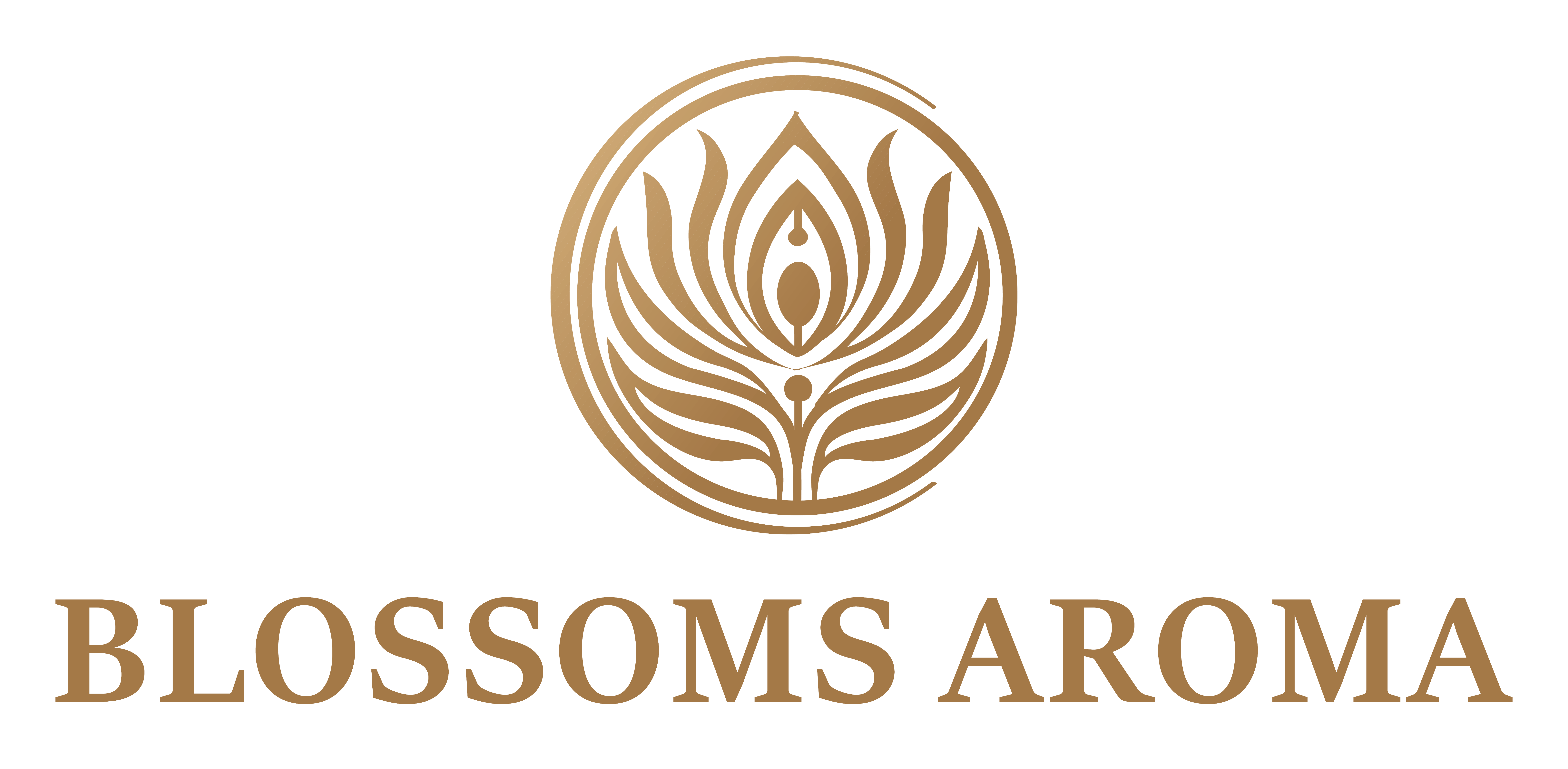PINE OIL
All About Pine Oil:
Origin and Growth: Pine oil is derived from the needles, twigs, and cones of various species of pine trees, primarily belonging to the Pinus genus. These evergreen coniferous trees are native to the Northern Hemisphere, with diverse species found across North America, Europe, and Asia.
Pine Oil Specifications:
GENERAL CHARACTERISTICS
- Product: PINE OIL
- Botanical Name: Pinus spp.
- Family: Pinaceae
- Part of the Plant Used: Needles, twigs, cones
- Fema Number: 2902
- CAS NO.: 8002-09-3
- HSN CODE: 33012918
- EINECS Number: 232-688-8
- Appearance: Clear to pale yellow liquid
- Odour: Characteristic fresh, woody aroma reminiscent of pine forests
IDENTIFICATION
- A. TLC: It complies with the test
- B. GC: It complies with the test
PHYSIO-CHEMICAL PROPERTIES
- Relative density: 0.850-0.980
- Refractive index at 20˙C: 1.475-1.550
- Optical rotation: (-5˙) – (+10˙)
- Storage: In a well-fitted container, protected from heat and light
Pine Oil History: Pine oil has a rich history dating back centuries. It has been utilized by various cultures for its medicinal, aromatic, and practical properties. Ancient civilizations revered pine trees for their resilience and healing attributes.
Industrial Uses: Pine oil finds extensive applications across industries. It is prominently used in the fragrance and flavor industry, as well as in aromatherapy, cleaning products, personal care items, and pharmaceuticals. Its invigorating scent and antimicrobial properties make it a versatile ingredient.
Properties (Based on COA Report):
- Synonyms: Pine needle oil, Pinus oil
- Botanical Name: Pinus spp.
- Part Used: Needles, twigs, cones
- Color: Clear to pale yellow
- Viscosity: Medium
- Perfumery Note: Fresh, woody
- Shelf Life: Two years
- Density: 0.850-0.980
- Refractive Density: 1.475-1.550
EXTRACTION: Pine oil is typically extracted through steam distillation from the needles, twigs, and cones of pine trees. The process yields a potent oil with a distinct aroma and therapeutic properties.
ECOLOGICAL INFORMATION: Pine trees thrive in a variety of climates and soil types, often found in temperate and mountainous regions. They play a vital role in ecosystem health, providing habitat, oxygen, and soil stabilization.
15 Proven Uses and Benefits:
- Pharma Uses: Pine oil possesses antimicrobial and expectorant properties, making it beneficial for respiratory conditions.
- It serves as a natural decongestant and cough suppressant.
- Known for its analgesic and anti-inflammatory effects, it is used in topical treatments for muscle and joint pain.
- Pine oil is utilized in aromatherapy to promote mental clarity, relaxation, and stress relief.
- Its refreshing scent is often added to cleaning products and air fresheners.
- Traditionally used in natural remedies for skin conditions such as acne, eczema, and psoriasis.
- Acts as an insect repellent, particularly against household pests like ants and mosquitoes.
- Pine oil is a popular ingredient in massage oils and bath products for its therapeutic effects.
- Its antifungal properties make it useful in foot care products and treatments for fungal infections.
- Pine oil is employed in the manufacture of soaps, candles, and perfumes for its uplifting fragrance.
- Culinary Uses: Pine oil is utilized as a flavoring agent in certain cuisines, particularly in herbal infusions and liqueurs.
- It is added to sauna oils and steam baths for its invigorating aroma and respiratory benefits.
- Pine oil is an effective solvent for removing adhesive residues and grease stains.
- It is employed in the production of liniments and ointments for its warming and soothing properties.
- Pine oil is used in veterinary care for its antiparasitic effects on animals.
Abstract or How to Extract It: The chemical composition of pine oil includes compounds such as alpha-pinene, beta-pinene, limonene, and borneol, contributing to its characteristic aroma and therapeutic actions.
CONCOCTION: Pine oil blends well with other essential oils such as cedarwood, eucalyptus, lavender, lemon, and peppermint, offering diverse applications in aromatherapy and perfumery.
SAFETY MEASURES:
- Eye Contact: Rinse with water for several minutes. Seek medical attention if irritation persists.
- Skin Contact: Wash affected area with soap and water. Discontinue use if irritation occurs.
- Inhalation: Move to fresh air if experiencing discomfort. Seek medical advice if symptoms persist.
- Ingestion: Do not induce vomiting. Seek medical assistance immediately.
- Storage & Handling: Store in a cool, dry place away from direct sunlight. Keep out of reach of children and pets. Use appropriate personal protective equipment during handling.
TOXICOLOGICAL INFORMATION: While generally safe when used as directed, pine oil may cause skin irritation or allergic reactions in some individuals. Avoid contact with sensitive areas such as eyes and mucous membranes.

